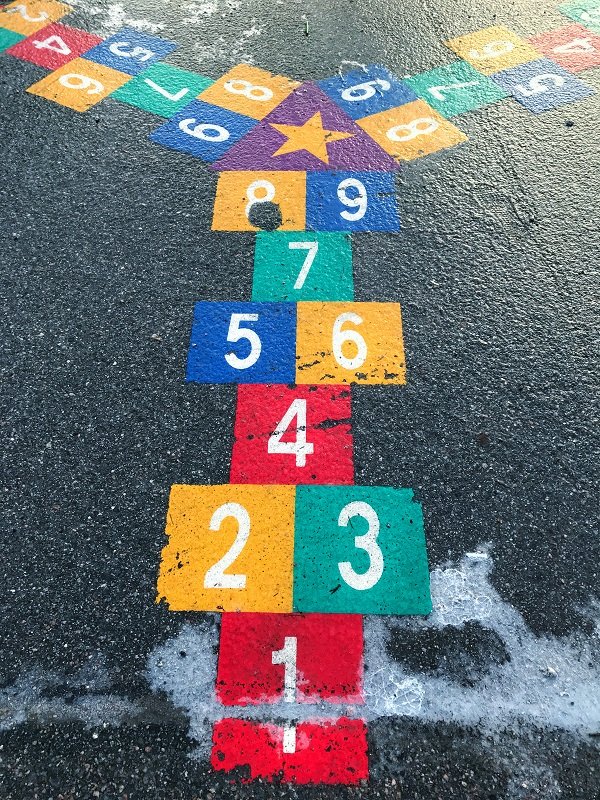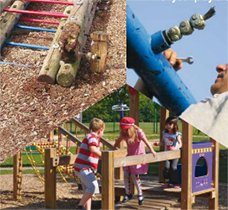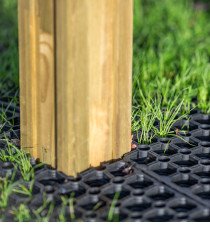Playground safety during winter
Published 05/11/20
Playing outside in winter poses more risk than outdoor play in summer. But there are measures that you can take to make sure your playground is safe. Here are the benefits and most common risks of winter play, as well as a few easy-to-follow steps to keep your play areas in tip-top condition.
Benefits of outdoor play
Many people assume we huddle indoors during winter to stave off the flu. But in reality, staying indoors is actually far worse for your health and can increase your chances of catching a cold. Playing outside is much better for a child’s immune system and can help them keep fit. Outdoor play has also been shown to make children more resistant to allergies.
Vitamin D is crucial in the development of healthy bones. But winter’s shorter days and harsher weather can force children indoors and mean they struggle to get enough sunlight. By encouraging children to get outside and enjoy some sunshine, you can help them get more vitamin D and compensate for any seasonal changes in their health or mood.
Risks of winter play
As the temperature drops, a number of things can make playgrounds more dangerous for children. One of the most obvious factors is the colder weather. Children are more susceptible to the cold as their bodies are less capable of retaining heat. This means it’s important to make sure children wrap up warm before going outside and change out of any wet clothing when they come indoors.
Another effect of the cold weather is snow and ice. Both are quite dangerous as they can make it easier for schoolchildren to fall over and injure themselves. Regularly clearing snow from playground equipment and de-icing surfaces will make your play areas much safer and ensure fewer children get hurt.
Downpours in winter are pretty common. And as a result, it’s not unusual for children to get muddy. Muddy shoes can make corridors and doorways slippery, creating the perfect environment for small children to fall over. Installing doormats at the entrances to your school will make it easier for young children to clean their shoes and reduce the risk of students being hurt.
Keeping play areas safe
Maintaining your playground is vital during the winter months. Many schools choose to keep children from going outside, but this isn’t necessarily in their best interests. Keeping on top of playground maintenance will ensure the safety of your school’s play areas and mean your pupils can go outside and get the exercise they need.
Whether grass, rubber or woodchip, it’s important to maintain your playground surfaces regularly, checking all areas are covered and any loose materials haven’t become compacted. It doesn’t take long to complete a review. Key things to look out for are patchy areas of grass, the growth of moss, and the presence of ice or frozen puddles. Other issues include checking water isn’t pooling in dips or low-lying areas, making sure bearings and shackles are greased, winterising integrated water features and lagging feed pipes.
Regularly maintaining your playground surfaces will keep most of these issues at bay. But if you’re worried about accidents caused by icy floors, your best bet is to invest in a wetpour de-icer. This is a simple frost-prevention method, and our eco-friendly range is perfect for tarmac, wetpour and playground safety surfacing.
Playgrounds with grassy areas are particularly vulnerable to snow, too. So if you’re worried about pupils falling over and hurting themselves, using rubber grass mats can provide the protection you need.




